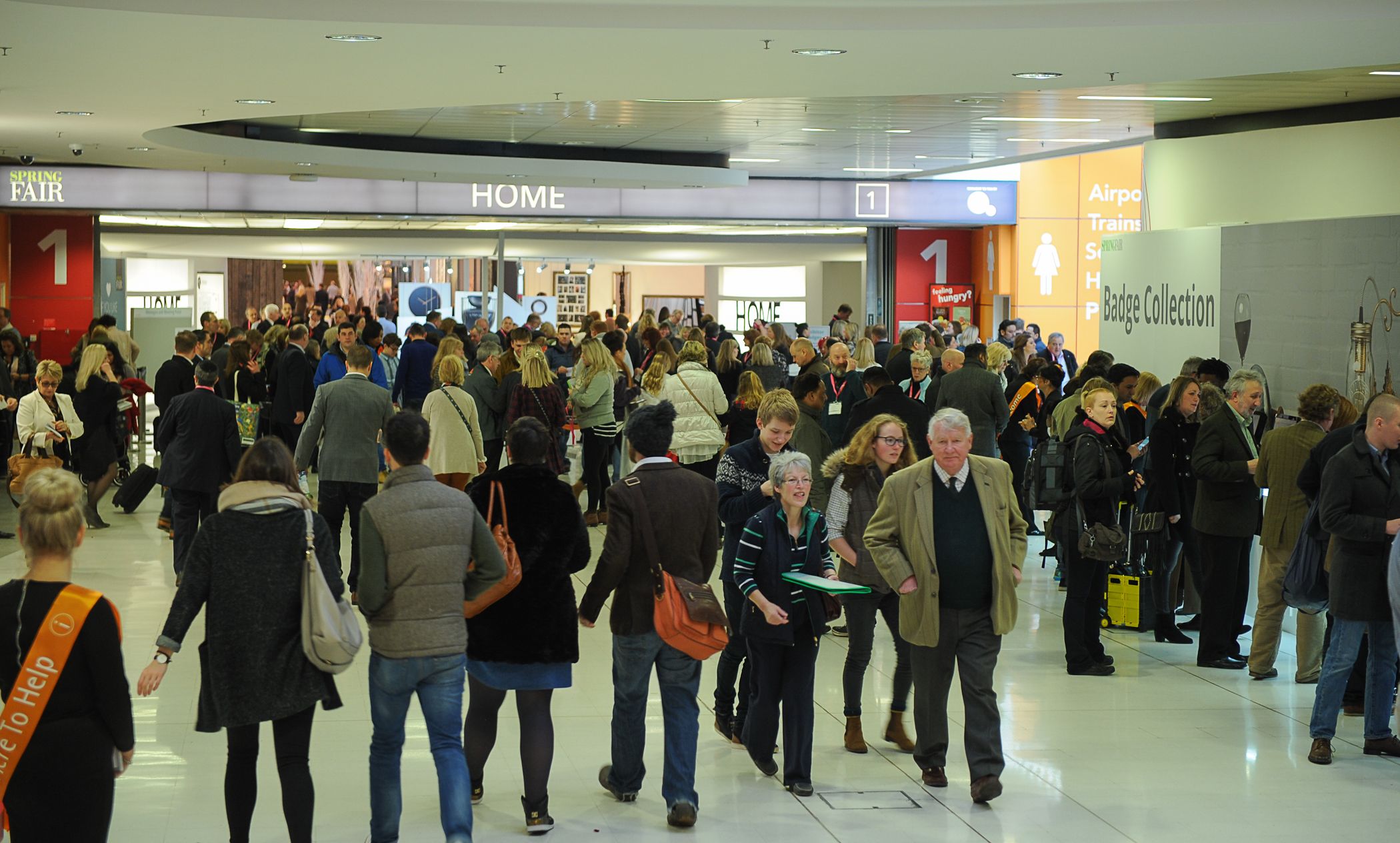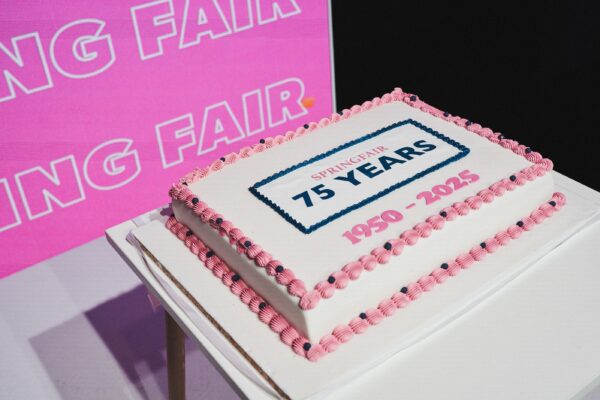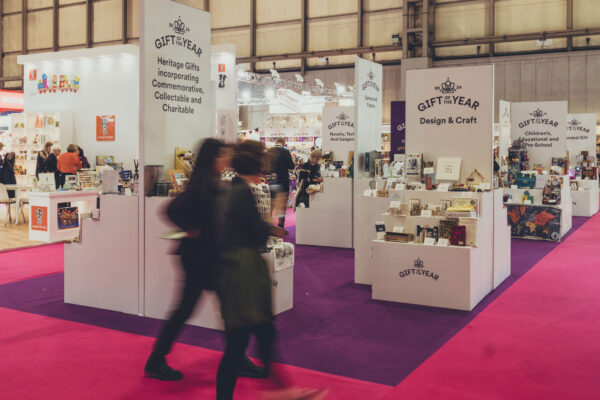 Did you see that Mary Portas will be at Spring Fair to tell buyers how they can tackle the challenges facing independent retailers?
Did you see that Mary Portas will be at Spring Fair to tell buyers how they can tackle the challenges facing independent retailers?
I wonder if she’ll come up with anything that we haven’t heard before. Although this particular “retail expert” has sometimes been associated with government – you’ll remember her independent review, The Future of High Streets – she hasn’t always seen eye to eye with the political establishment.
But I doubt that Mary or our ministers will be looking to emulate the campaign being launched by the Japanese government which is aimed at stimulating its flagging economy and persuading people to work less hard.
Employees are being urged to leave the office at 3pm on the last Friday of each month – dubbed Premium Friday – so that they can recover from the long working week and hit the shops to boost businesses. The Keidanren – Japan Business Federation – is encouraging its members to take part.
Apparently, death from overwork – karoshi – costs some 200 lives every year in Japan. We don’t generally put in such long hours in the UK, so it’s most unlikely that we’re going to see workers being sent home early and a resultant fillip for Friday afternoon retail footfall.
International retailers find many features of our retail market attractive. That’s hardly surprising. It’s one of Britain’s success stories, a vibrant and innovative sector said to generate £326 billion in sales each year and directly employing around three million people.
However, three quarters of the 130 overseas retailers that contributed to a survey by Conlumino said that they would expand elsewhere in preference to the UK because of a number of perceived barriers. The most significant of these will chime with many small independents: business rates.
Unsurprisingly, retail destinations’ company Intu and retail property firm Revo, who commissioned the research, are now calling on government to do more to support the sector. They say that at a time of great political and economic uncertainty “we must take things to another level”. Those of you with gift and card shops who have been on the wrong end of business rates’ decisions may suspect that they face a long and uphill battle.
According to the Local Data Company (LDC), more shops opened than closed as 2016 drew to its end. A summer slump was followed by an autumn recovery, and seasonal operators and festive pop-up shops are thought to have accounted for a boost in overall shop numbers as Christmas approached.
At 12.2% in December, Britain’s retail vacancy rate fell to its lowest rate since peaking in 2010. The only decline was in the Comparison (non-food, finished goods) sector, where the index showed weakening numbers throughout the year, continuing a long term trend.
National chain stores continued to withdraw from high streets. Across the 650 towns sampled by LDC, shuttered outlets outnumbered new shops by nearly 1,000 – a big figure nationally, although a nett loss of only 1.5 stores on average in each of the towns surveyed.
Independents continued to generate openings and closings at three times the rate of their national competitors and arrived at the year end with more shops in operation than at the preceding New Year’s Day. However, in the surveyed towns the nett 12-month gain totalled just 207 after openings and closures each in excess of 17,000 across the whole period.
Overall, across 2016, more than 21,000 shops opened for the first time in the sample towns – slightly more than shut for good. That’s roughly one in 10 store units changing occupant and more than 30 ‘goodbyes’ and 30 ‘hellos’ in each town, demonstrating that dynamic change is strong in retail locations.
Buy-to-let landlords in the residential market have been so badly hit by a raft of new rules that they are apparently looking to invest in shops. It will be interesting to see if this new dynamic has a significant impact on the vacancy rate in 2017.
I love those quirky stories that emanate from overseas universities after they’ve conducted research for a particular project. I saw the latest in The Times, which reported that pangs of jealousy can spur lovers to splash out on more colourful and flashier purchases than they would normally make.
“Seeing a partner flirting with someone else or paying an attractive co-worker too much attention can spark an exaggerated retail reaction rather than anger or revenge, it seems,” said the paper. “In particular, those feeling jealous may upgrade their usual choices for clothes, gadgets or other products to something a little more eye-catching.”
After a series of experiments involving pairs of volunteers, Xun Huang of Nanyang Technological University in Singapore told the Journal of Consumer Psychology that all this stems from a desire to be noticed by the ones you love.
What is it with the Royal Mint? It’s getting to the point where I worry that it might be deliberately making mistakes as part of its marketing policy.
In the past I’ve suggested to retailers that they keep an eye open for ‘rare’ coins such as the scarce Kew Gardens 50p or those with dates missing.
 Now, a small number of recently struck £2 coins feature the Queen’s head rotated by around 150 degrees from its correct position. As there are only 650,000 correct versions in circulation anyway, the so-called ‘inverted effigy’ coin is sought after by collectors and has been commanding a premium on websites such as eBay. It’s time to check those tills again!
Now, a small number of recently struck £2 coins feature the Queen’s head rotated by around 150 degrees from its correct position. As there are only 650,000 correct versions in circulation anyway, the so-called ‘inverted effigy’ coin is sought after by collectors and has been commanding a premium on websites such as eBay. It’s time to check those tills again!
May the retail gods be with you.
Email Alan: ajmonahan@aol.com


















